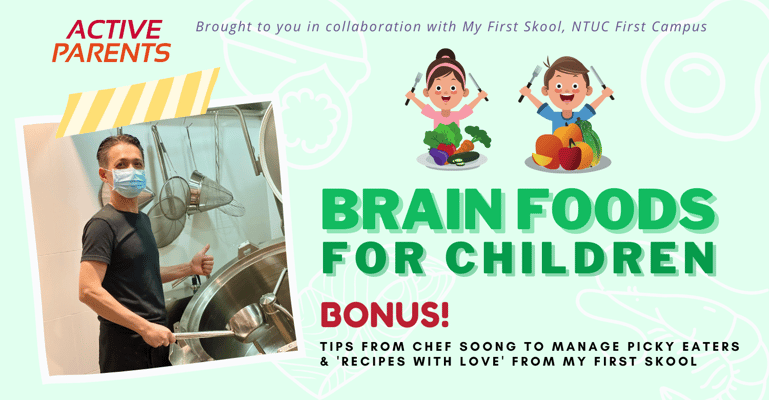
This article is brought to you in collaboration with My First Skool, NTUC First Campus.
Most of us would have heard the phrase – we are what we eat. It is only natural that we want our kids to eat the best and most necessary for their critical developmental years. In this article, we put the spotlight on the foods that can have a big impact on the functioning and wellbeing of our brains, to support both short- and long-term benefits.
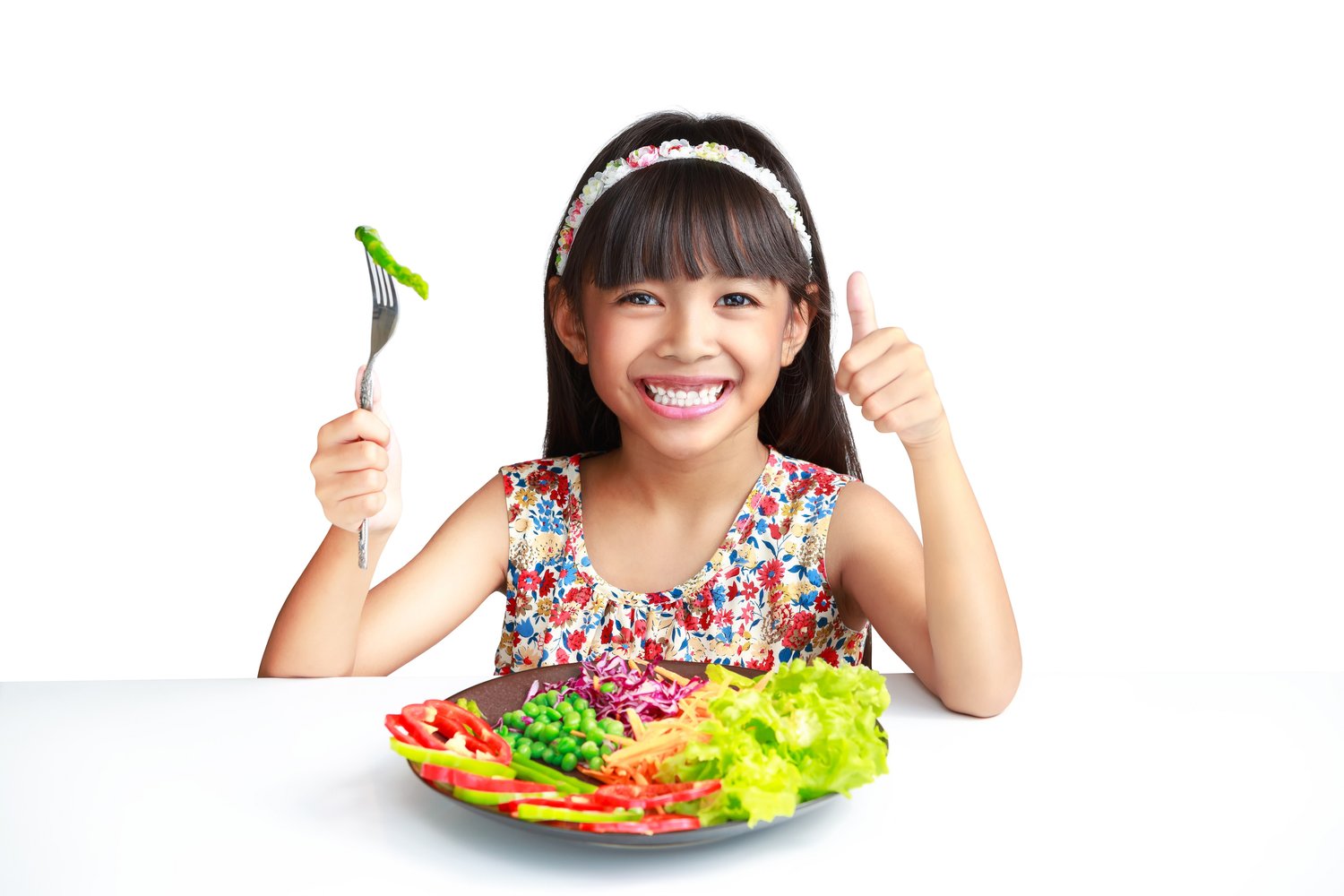
Why do we need brain foods?
Not unlike how we must have grown up hearing “carrots are good for our eyes” and “milk is good for our bones”, our brains thrive on nutrients too.
Research has suggested that 90 percent of our brain is developed by the age of five – with a child’s activities and experiences in these early years being the foundation for overall mental, physical, social and emotional development. Not only do our brains need different nutrients as we age, it is paramount that we start paying attention from early childhood to brain growth, development and health.
Should we allow a deficiency in required nutrients, we find our sleep, memory and concentration impeded; not to mention long-term ill effects to our mental and physical development.
What are some of the best brain-boosting foods for kids?
Not surprisingly, many of these nourishing boosters for our grey matter can be found in brightly-coloured fruits and vegetables, seafood, nuts and grains, such as:
-
Berries
-
Broccoli
-
Chia seed
-
Egg
-
Salmon
-
Shrimp
-
Tofu
-
Walnuts
-
Whole grains (bread, cereal, pasta, crackers, brown rice)
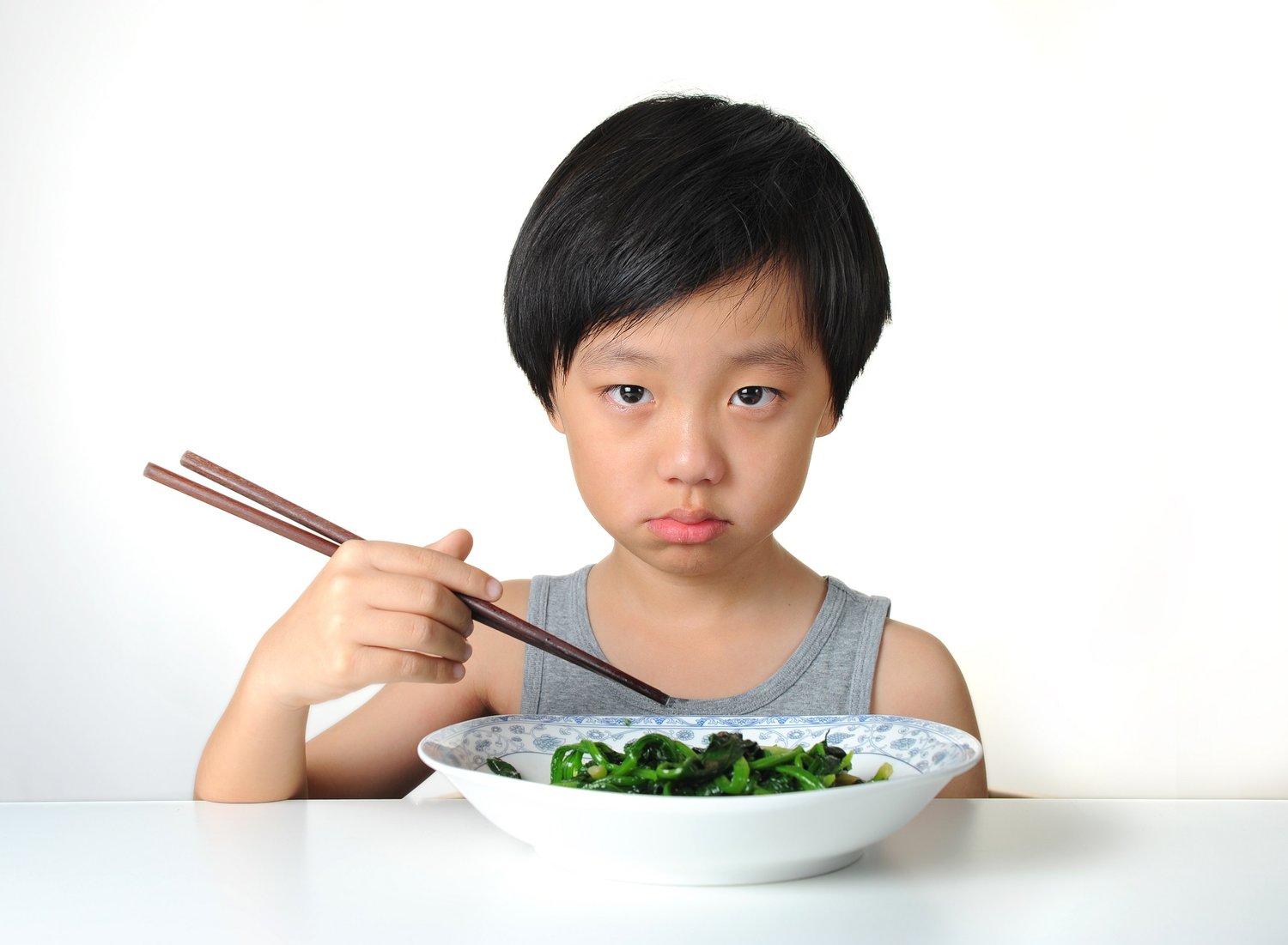
We definitely know what we want to feed our kids, but how many of us parents have to deal with picky eaters at home? Putting more pressure on us, our children may even be enjoying their meals in school? My First Skool has these tips to share.
1. Start early.If our children grow up knowing why and how healthy food is beneficial for them, they are less likely to resist eating them in the critical developmental years.
2. Make it interesting.Children enjoy story-telling sessions and learn best through seeing real things. Making stories out of the healthy food and allowing them to see and feel the actual ingredients are good ways to communicate the importance of brain food to children. Incorporate healthy food choices into our kids’ learning experience.
3. Keep it delicious.Healthy food can and must be delicious too. Use different types of fruits and vegetables for colours, flavours and variety – this should keep our kids curious about what’s new for the day or meal. Excite them not only through sight, but also with the other senses – such as smell (fragrance) and touch (texture of ingredients).
4. Set a good example.Parents and teachers are the closest role models, and should lead by example.
- - - - -
If these tips are not enough, we got Chef Soong from My First Skool to share his “Recipes with Love” (2019) with us! These are not only the most popular and well received by the kids in MFS, they are also easy to prepare and can even be whipped up together by parents and kids as an activity. Additionally, these three dishes promote awareness and appreciation of different cultural foods for children from young. (Note: recipes below serve more than 10 children, do adjust your portions accordingly.)
Hainanese chicken rice served with cabbage
“Children love the fragrance from the rice when eating this local favourite!”
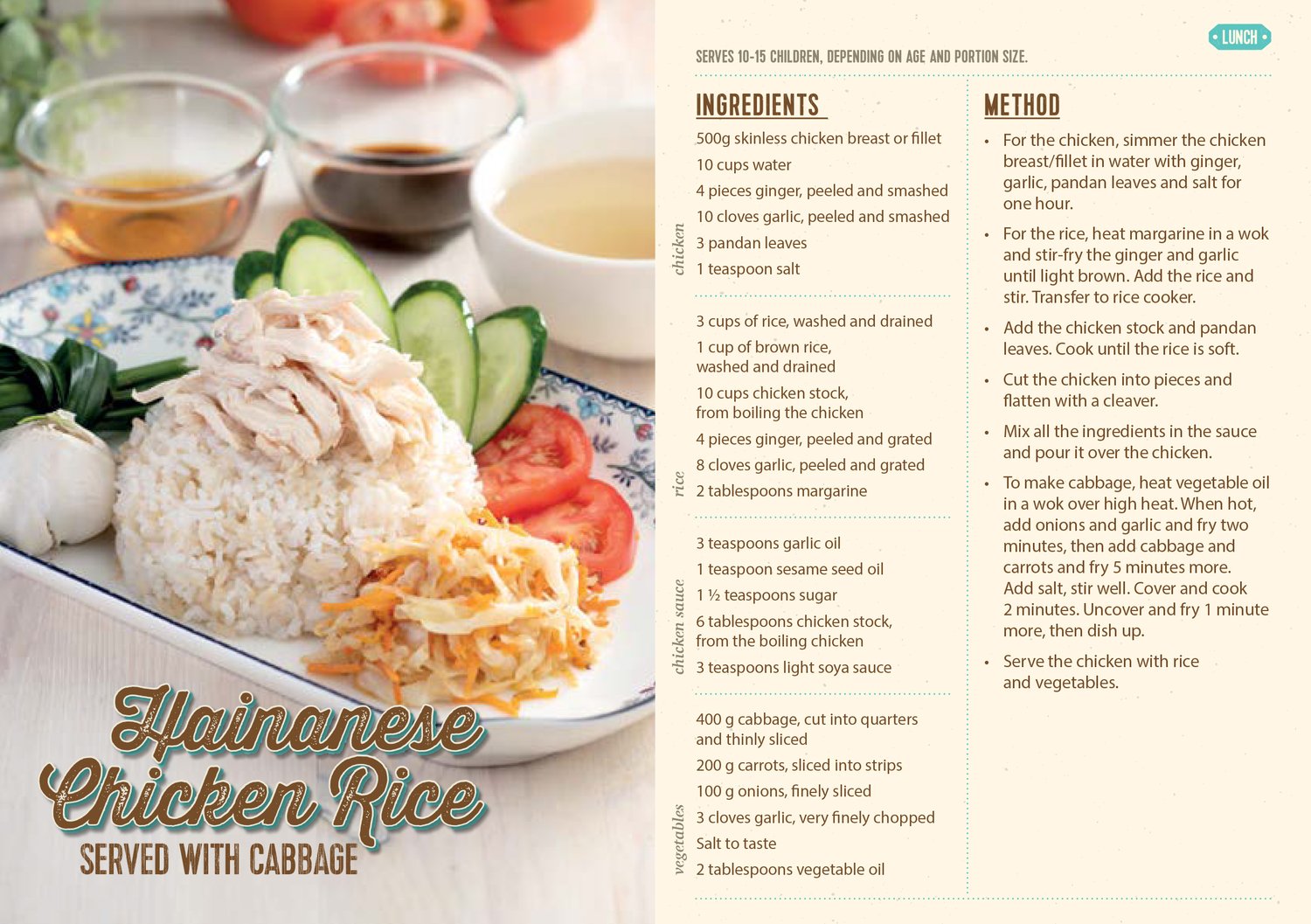
Mee-Soto with chicken and vegetable
“You need not make this spicy, but the multi-dimensional taste of mee soto can be interesting.”
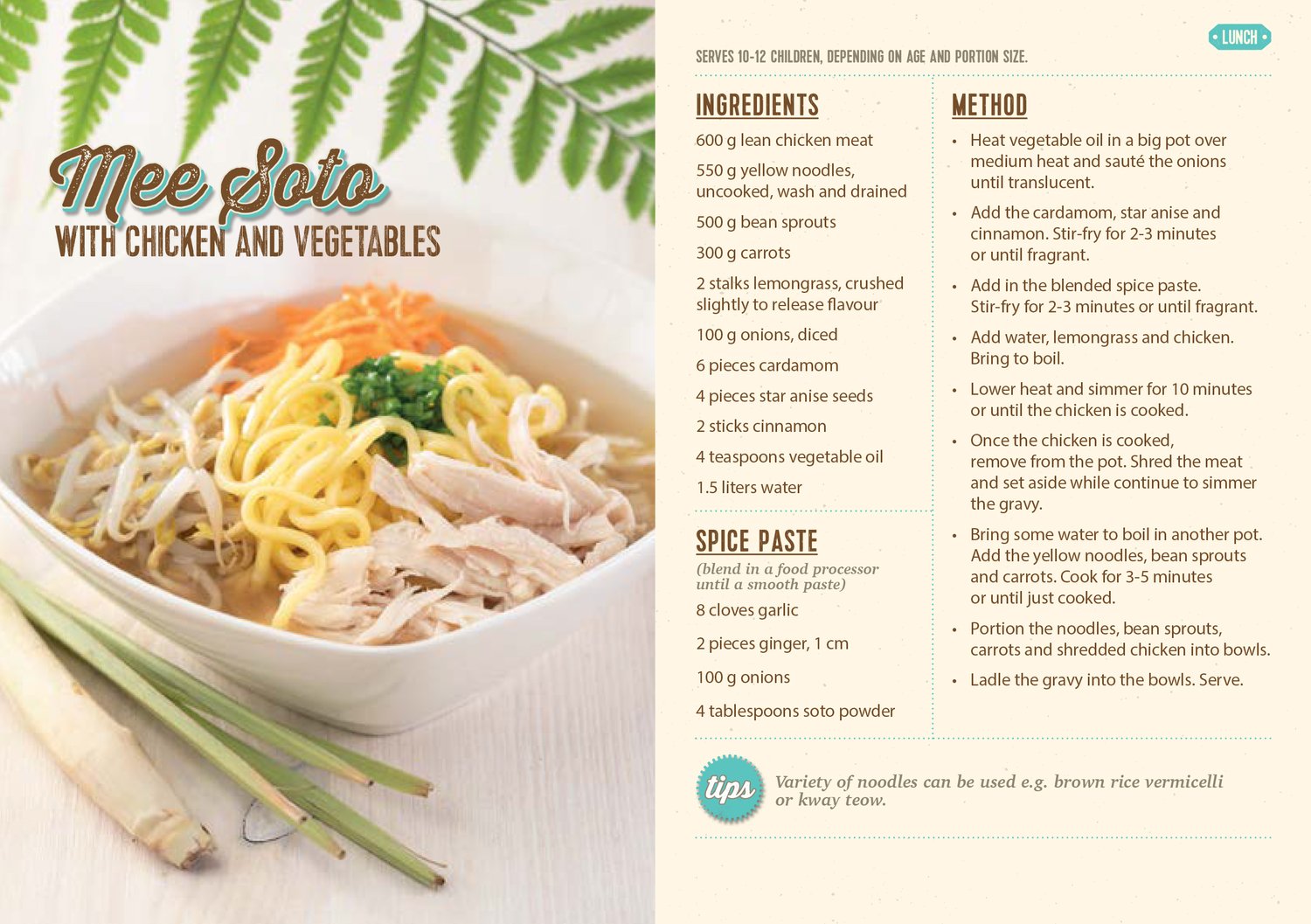
Mixed grain fish porridge with carrot and vegetable
“Porridge is comfort food for children – and easy to add ingredients for a balance meal.”
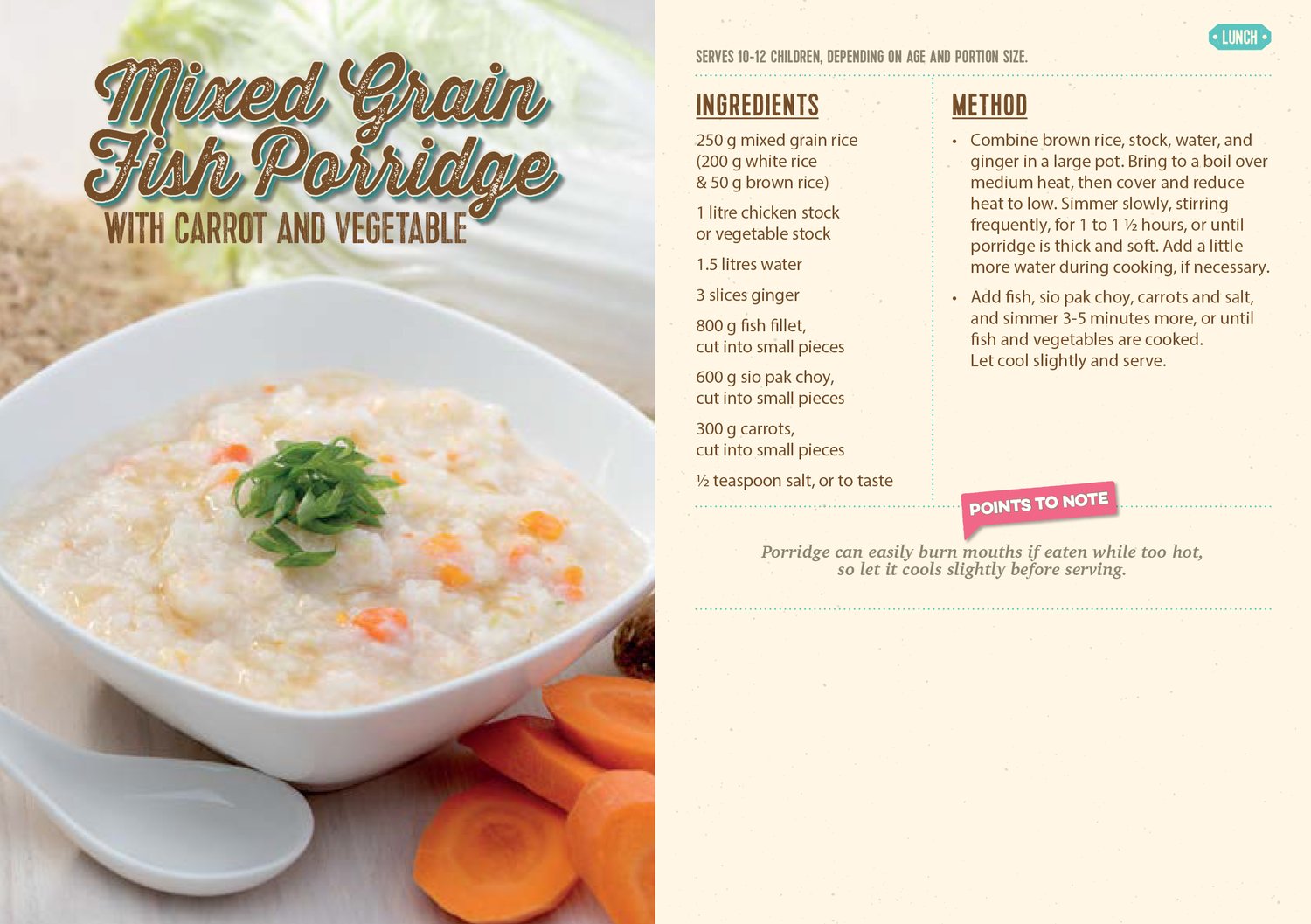
Lastly, Chef Soong encourages parents to guide our kids in:
-
Consuming food from the four main food groups, such as brown rice and wholemeal bread, meat, fruits, and vegetables
-
Knowing how to identify food package with healthier choice logos
-
Eating more fruits and vegetables
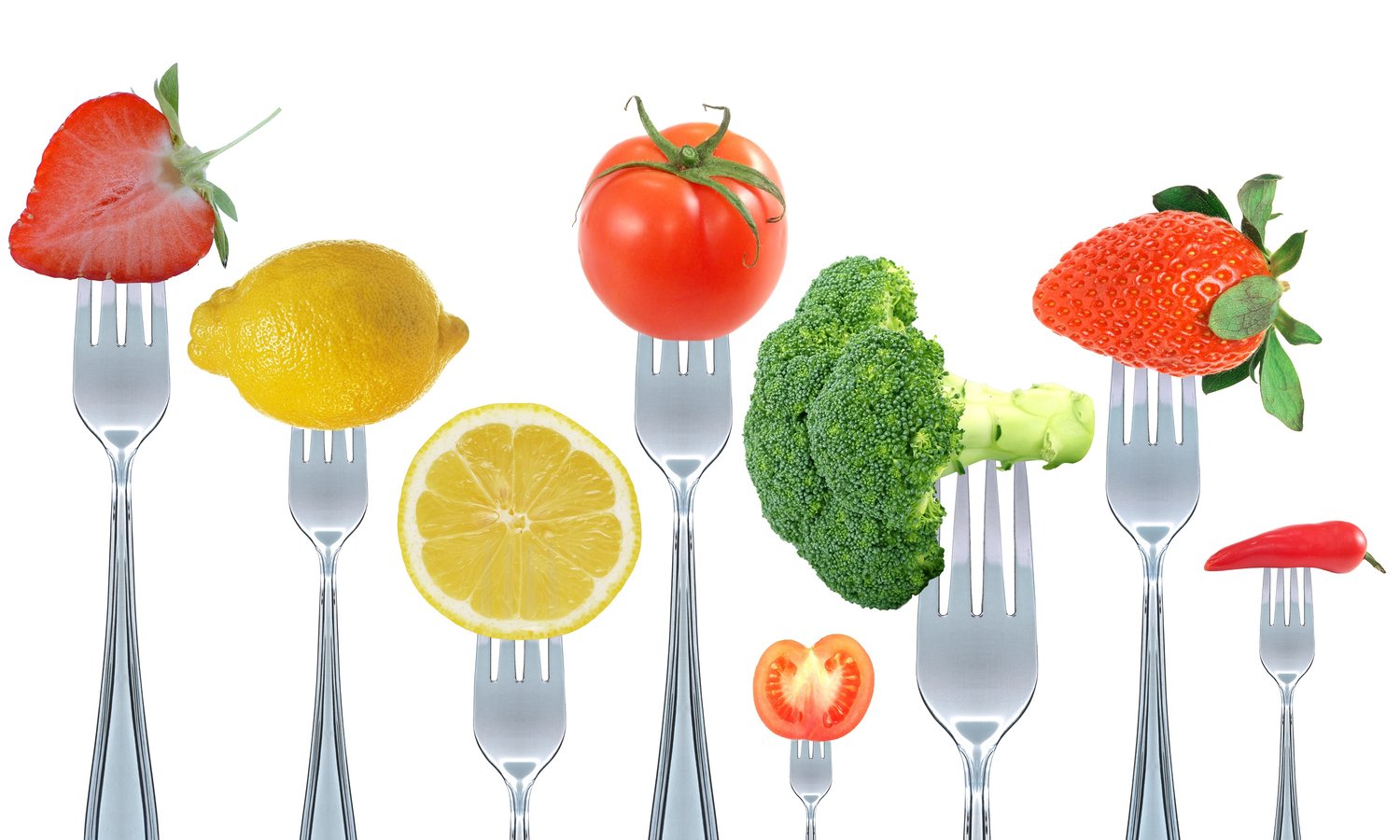
- - - - -
Chef Soong has been a chef for almost 25 years in restaurants and hotels, before joining My First Skool in 2019. After his daughter was born, he cultivated an interest in creating healthy and nutritious food for children. In his words, “I hope to help all young children develop healthy and balanced eating habits. I strongly believe that good eating habits not only improve health, but also children’s behaviour, mood and learning in school.”
- - - - -
Related reading:





![ActiveSG Academies and Clubs Logo (Solid Colour)[8647]](https://www.activesgcircle.gov.sg/hs-fs/hubfs/ActiveSG%20Circle%202023Theme/images/ActiveSG%20Academies%20and%20Clubs%20Logo%20(Solid%20Colour)%5B8647%5D.png?width=150&height=65&name=ActiveSG%20Academies%20and%20Clubs%20Logo%20(Solid%20Colour)%5B8647%5D.png)



-01.png?width=200&height=141&name=Team%20Singapore%20Logo%20(Red)-01.png)



